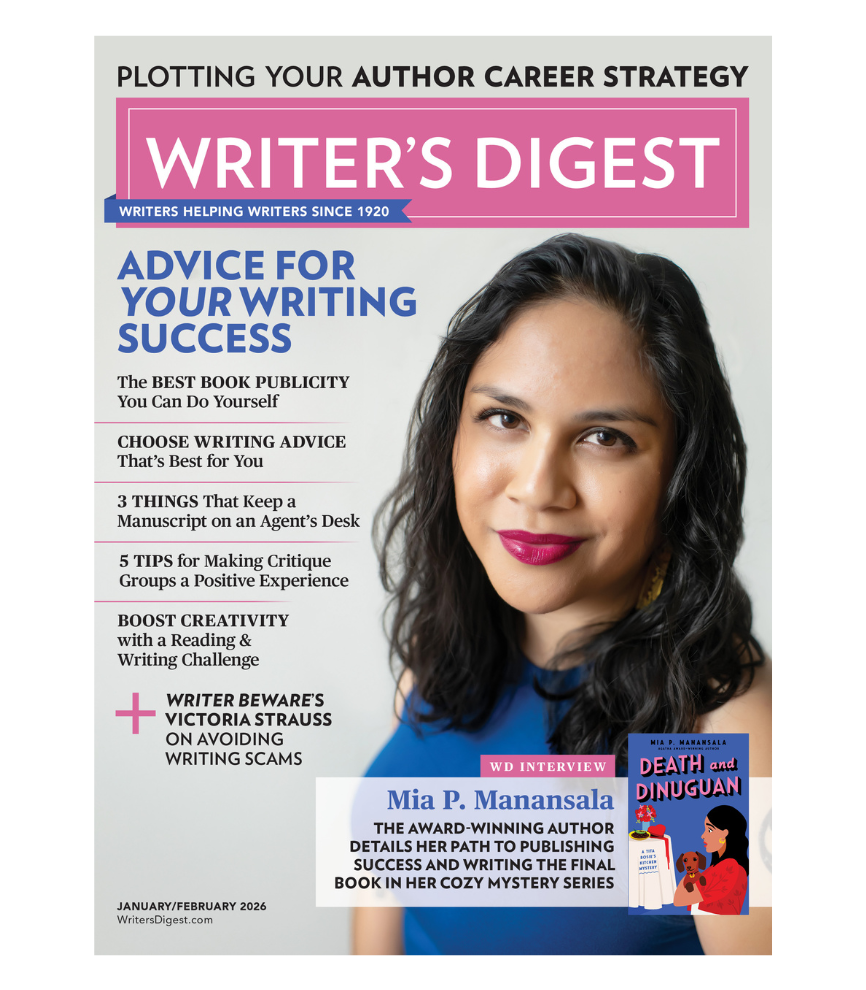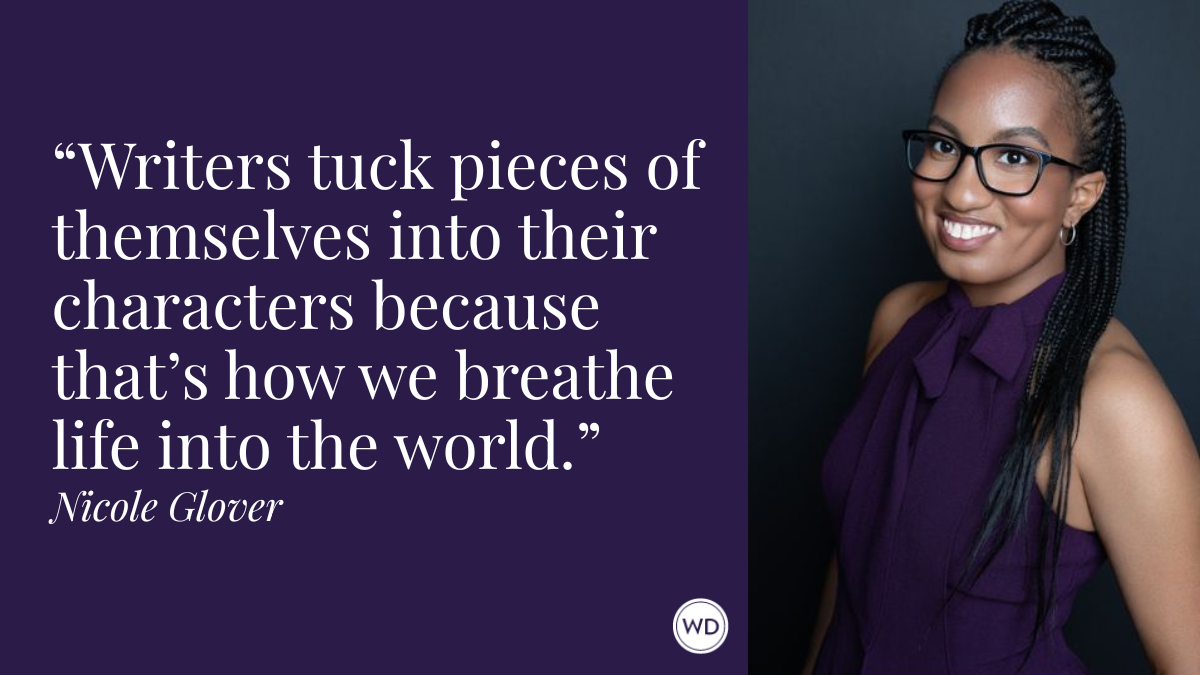Rita Zoey Chin: On the Way Storytelling Can Shape Lives
Author Rita Zoey Chin discusses the process of writing her new novel, The Strange Inheritance of Leah Fern.
Rita Zoey Chin is the author of the widely praised memoir, Let the Tornado Come. Zoey holds an MFA from the University of Maryland, has taught at Towson University, and teaches at Grub Street in Boston, as well as retreats and conferences near and far. Learn more at ritazoeychin.com, and find her on Twitter and Instagram.
In this post, Rita discusses the process of writing her new novel, The Strange Inheritance of Leah Fern, her advice for other writers, and more!
Name: Rita Zoey Chin
Literary agent: Maggie Cooper
Book title: The Strange Inheritance of Leah Fern
Publisher: Melville House
Release date: October 4, 2022
Genre/category: Fiction
Previous titles: Let the Tornado Come: A Memoir
Elevator pitch for the book: When carnival prodigy Leah Fern, “The Youngest and Very Best Fortuneteller in the World,” is abandoned by her mother into the care of a stranger, she grows up an outcast in a small town, waiting for her mother to return. 15 years later, after no word from her mother, Leah decides to end her life on her 21st birthday, but her plans are interrupted: someone Leah barely knew has died and left her a very strange inheritance, one that will cast her out onto nine far-flung points on the map and will reveal, in a series of letters, the truth about her mother.
IndieBound | Bookshop | Amazon
[WD uses affiliate links.]
What prompted you to write this book?
Several ideas started sparking my interest around the same time. One of them was birds, which have their own story in this book; on an ordinary afternoon, while I was doing nothing special in my living room, I saw a flash out of the corner of my eye. Bird, I thought.
I don’t know why I thought it, given that there was no bird in my house, but that moment got me thinking about a belief some people hold that birds are the spirits of those who have passed on. I’d already been thinking about a character who had a keen—and at times, painful—ability to feel others’ feelings, and I realized that the birds were part of her story.
Around the same time, I’d been thinking about inheritances, and I kept coming back to this idea of leaving an inheritance to someone who isn’t family—or even to a stranger. I was curious about the ways one life could be changed by another, particularly how a person could save another person’s life from beyond the grave. So, I wrote the book to find out.
How long did it take to go from idea to publication? And did the idea change during the process?
It took about eight years, though I put the book down for periods in between and even started working on another novel. The idea always stayed true to those original impulses, but it grew in some surprising ways. For instance, I hadn’t realized how much this novel would be guided by acts of storytelling—and by the ways the narratives we create can shape our lives—or by how some of those stories would intertwine.
Were there any surprises or learning moments in the publishing process for this title?
Yes! I never expected to fall in love with an entire publishing house, but Melville House has my heart. Every person there has been a dream to work with, and the talent, energy, and care they’ve brought to this book has been astounding. That they pride themselves on publishing debut authors says a lot, I think, about their commitment to new voices in literature and to the writers themselves.
Were there any surprises in the writing process for this book?
So many surprises. Even though I’d composed the literal roadmap (using a logarithmic spiral based on the Fibonacci sequence) for my novel early in the process, the characters who showed up and the events that happened along the way often surprised me. I rarely knew what was going to happen at the next destination until Leah got there.
I was also surprised by a couple of the main characters. When I’d first started writing the book, I thought Essie was a far warmer, more nurturing person than she turned out to be; she’s actually a bit of a misanthropic curmudgeon, which made her more fun to write. But probably the biggest surprise for me was coming to understand Leah’s mother’s story.
What do you hope readers will get out of your book?
Several characters in this novel give each other gifts, many of which are symbolic objects imbued with stories and intention. My hope is that readers will find in these pages their own talismans to carry on their paths—like small bits of tangible light infused with love, magic, and the potential for transformation.
Wherever readers are on their journeys, I hope they’ll be happy to have traveled with Leah for a while. And for the readers who are misfits, who have been abandoned, who don’t feel fully of this world, I hope they find a sense of home in this book.
If you could share one piece of advice with other writers, what would it be?
Stay curious; write toward your questions. So often my students confess to me that they aren’t writing as much as they “should,” and then they beat themselves up about it. They place so many expectations on themselves and on what they should be writing that they lose their wonder.
I think when we can untangle ourselves from all that static and be gentle with ourselves, we can begin to turn toward our curiosity, toward wonder. That’s where the magic is—in that place where we ask our questions without judgement and then get quiet enough to hear the answers.








